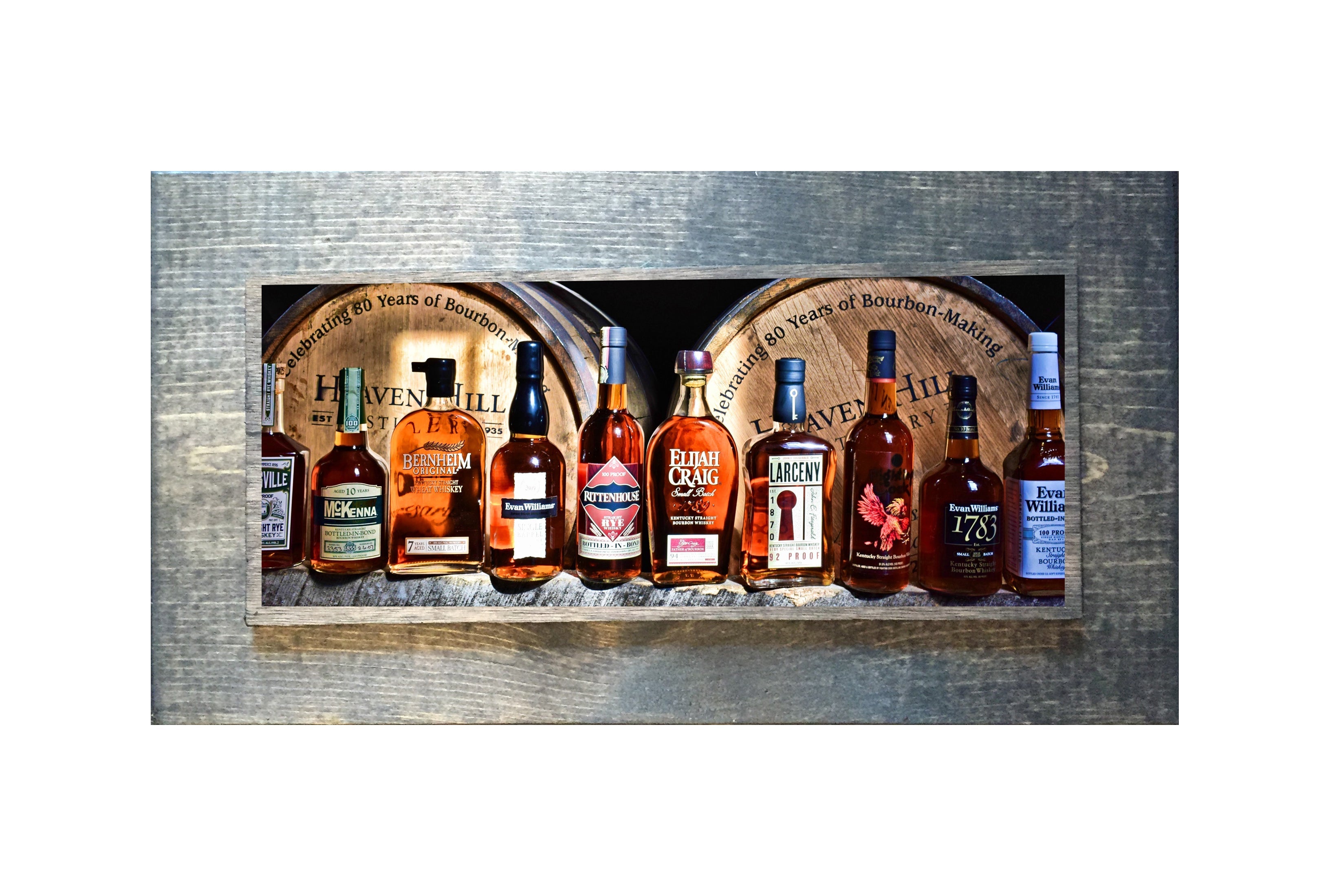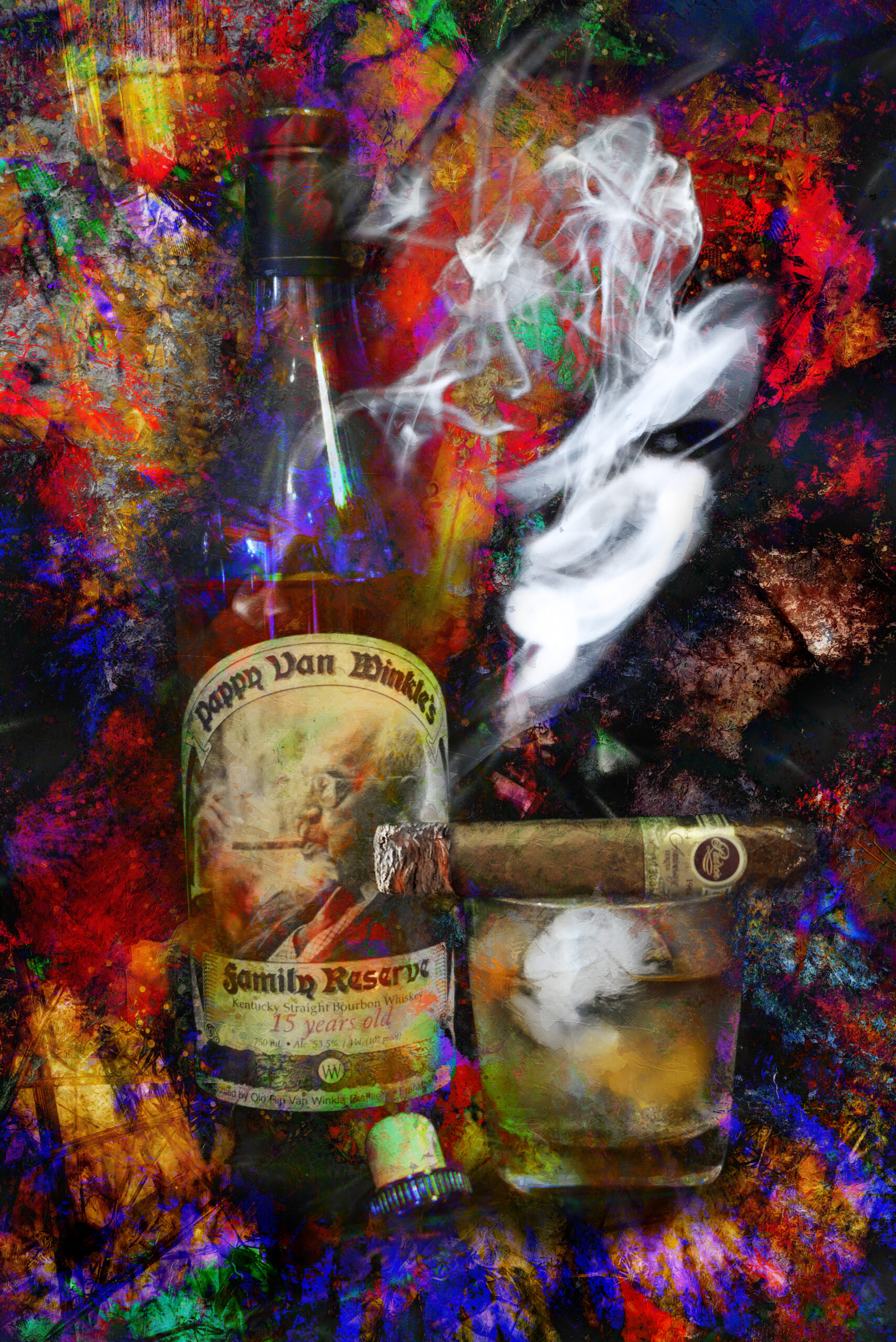The Significance of Whiskey Art in Celebrating Heritage and Workmanship in the Beverage Sector
The intricate partnership between scotch art and the party of heritage and workmanship within the drink industry can not be overstated. With attentively created bottles and tags, scotch brand names envelop their historic origins and the artisanal abilities that specify their manufacturing approaches. This artistic measurement not just improves market charm but also works as an avenue for social storytelling, fostering a much deeper connection in between the craft and the customer. As we explore the different aspects of this topic, appealing concerns concerning the effect of modern-day trends on standard practices develop, motivating further examination.
The Historical Origins of Whiskey
At the heart of scotch's appeal exists an abundant tapestry of historic roots that map back to ancient civilizations. The beginnings of whiskey can be connected to the purification techniques of the Sumerians and Babylonians around 2000 BCE, where very early types of fermented grain drinks began to emerge. Nevertheless, it was in the Center Ages that the art of distillation developed substantially, particularly in Ireland and Scotland, resulting in the production of bourbon as we understand it today.
The term "bourbon" itself originates from the Gaelic word "uisce beatha," indicating "water of life." This phrase underscores the cultural value of whiskey in Celtic societies, where it was typically related to routines, parties, and communal bonding. By the 15th century, distillation became an acknowledged craft within monastic communities, leading the way for the establishment of legal distilleries.
As profession paths broadened, bourbon's appeal grew, going beyond regional borders and recording the passion of lovers worldwide. Limited Edition. This historic trip mirrors not just the workmanship behind scotch manufacturing but additionally its integral duty in cultural and social contexts, noting it as a considerable drink throughout background
Artistic Expression in Branding
Whiskey branding stands as a compelling intersection of creativity and business, where aesthetic identity plays a vital function in forming consumer perception. The aesthetics of whiskey tags, packaging, and advertising materials reflect not just the brand name's tale however additionally its core values and heritage. Through imaginative expression, distilleries convey a story that reverberates with consumers, evoking feelings and sparking connections.
The usage of color, typography, and imagery in branding offers to distinguish products in a saturated market. Conventional themes may stimulate a feeling of credibility and workmanship, while modern layouts can symbolize technology and forward-thinking. This tactical creative instructions boosts brand name recognition and commitment, allowing consumers to forge an individual partnership with the bourbon they choose.
In addition, imaginative expression in branding commonly works as a celebration of local heritage. Distilleries frequently integrate local signs or historical recommendations right into their layouts, creating a local color that welcomes consumers to participate in a more comprehensive cultural experience. Eventually, the creativity behind scotch branding not just boosts visual charm yet also enriches the general narrative of the brand name, fostering a deeper recognition for the craftsmanship and heritage ingrained in each bottle.
Craftsmanship in Bottle Style
The creativity obvious in scotch branding extends past visual identity to encompass the craftsmanship associated with container layout. Each bottle functions as a vessel not simply for the spirit within, yet additionally for the tale it outlines its origin, high quality, and tradition. The design process needs precise attention to information, as aspects such as shape, product, and closure contribute substantially to the overall assumption of the bourbon.
Craftsmanship in bottle layout involves choosing premium glass that can improve the scotch's shade and clearness, while likewise giving a tactile experience for the consumer. The shape of the container must be both visually attractive and useful, frequently reflecting the heritage of the brand name. Many distilleries decide for distinct shapes or embossed logos that evoke a his response feeling of credibility and background.
Furthermore, the tag design and typography play a critical duty in interacting the brand name's narrative. Realism Art. A well-crafted container not only astounds the consumer's eye but additionally strengthens the brand name's dedication to top quality and tradition. By doing this, the workmanship of container layout becomes a vital facet of the bourbon experience, combining creativity with an extensive respect for heritage
Social Relevance of Whiskey Art
Celebrating tradition and craftsmanship, the cultural relevance of whiskey art transcends simple visual appeals, intertwining with the historic and social narratives of the regions from which it originates. Each container acts as a canvas, portraying the unique tales, mythology, and practices that have shaped local whiskey-making techniques. The complex designs frequently mirror the heritage of the distillers, including signs and themes that reverberate with the culture and values of their neighborhoods.

Additionally, scotch art plays an important function in communal celebrations and celebrations, functioning as a tangible web link in between individuals and their shared experiences. By valuing the creativity in scotch packaging, consumers cultivate a deeper understanding and regard for the craft, eventually enriching their enjoyment of the beverage itself.
Modern Trends in Bourbon Discussion
In recent times, the presentation of bourbon has actually developed to mirror modern tastes and fads while still honoring conventional craftsmanship - Realism Art. Distilleries are significantly concentrating on visual elements that boost the general alcohol consumption experience, connecting the space in between heritage and modernity
Ingenious container designs have emerged, often including lasting products and artistic tags that inform compelling tales. Several brand names now work together with regional artists, instilling their items with one-of-a-kind aesthetic expressions that reverberate with customers. Additionally, limited-edition releases are typically packaged in collectible containers, including value and charm for lovers.

Conclusion
In final thought, scotch art acts as a crucial channel for sharing the heritage and workmanship integral in the beverage market. With detailed branding, innovative bottle designs, and culturally significant creative components, scotch brands properly honor their traditions and attach with customers. This artistic story not only elevates the recognition of whiskey yet also strengthens neighborhood identity and pride amongst manufacturers. Inevitably, bourbon art plays a necessary function in preserving and celebrating the abundant cultural tapestry of whiskey-making.


Workmanship in container style includes selecting high-quality glass here that can improve the bourbon's shade and quality, while additionally offering a tactile experience for the consumer. In this means, the craftsmanship of bottle style comes to be a vital aspect of the bourbon experience, merging creativity with an extensive respect for heritage.
In verdict, bourbon art serves as a crucial conduit for revealing the heritage and craftsmanship intrinsic in the drink sector.